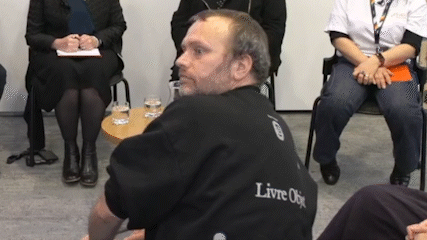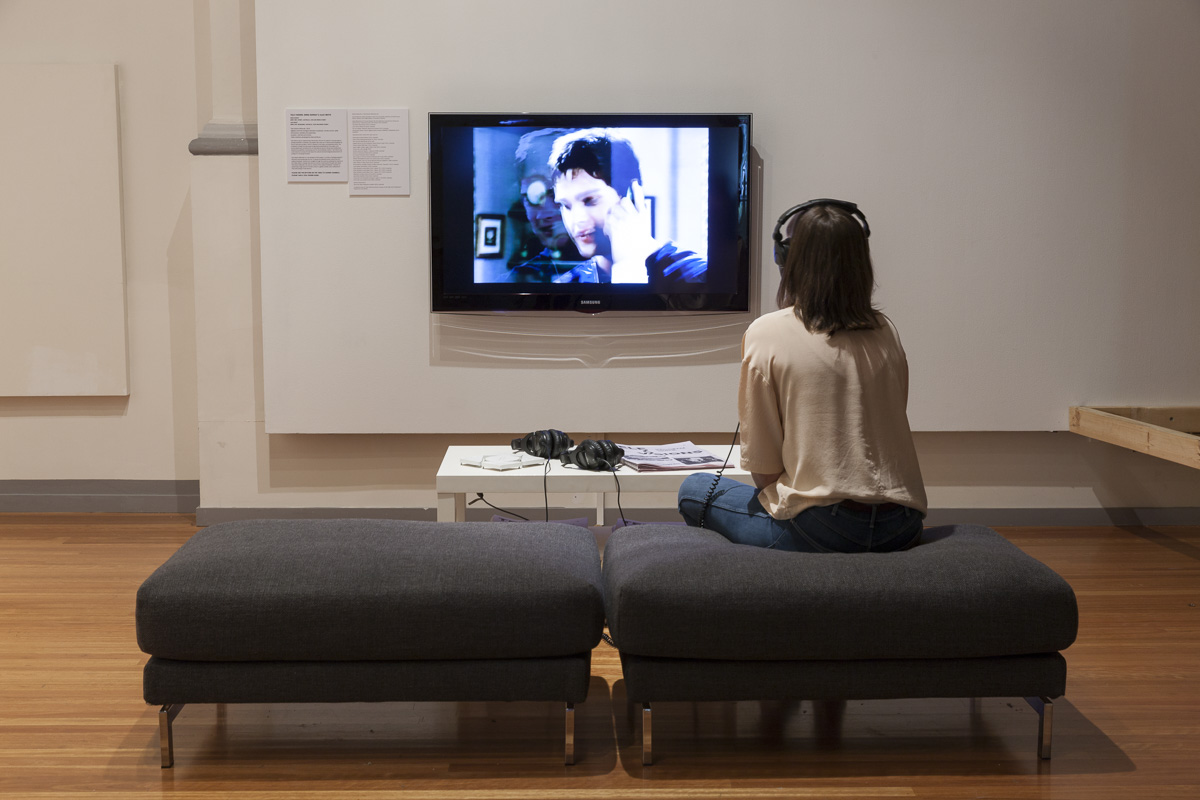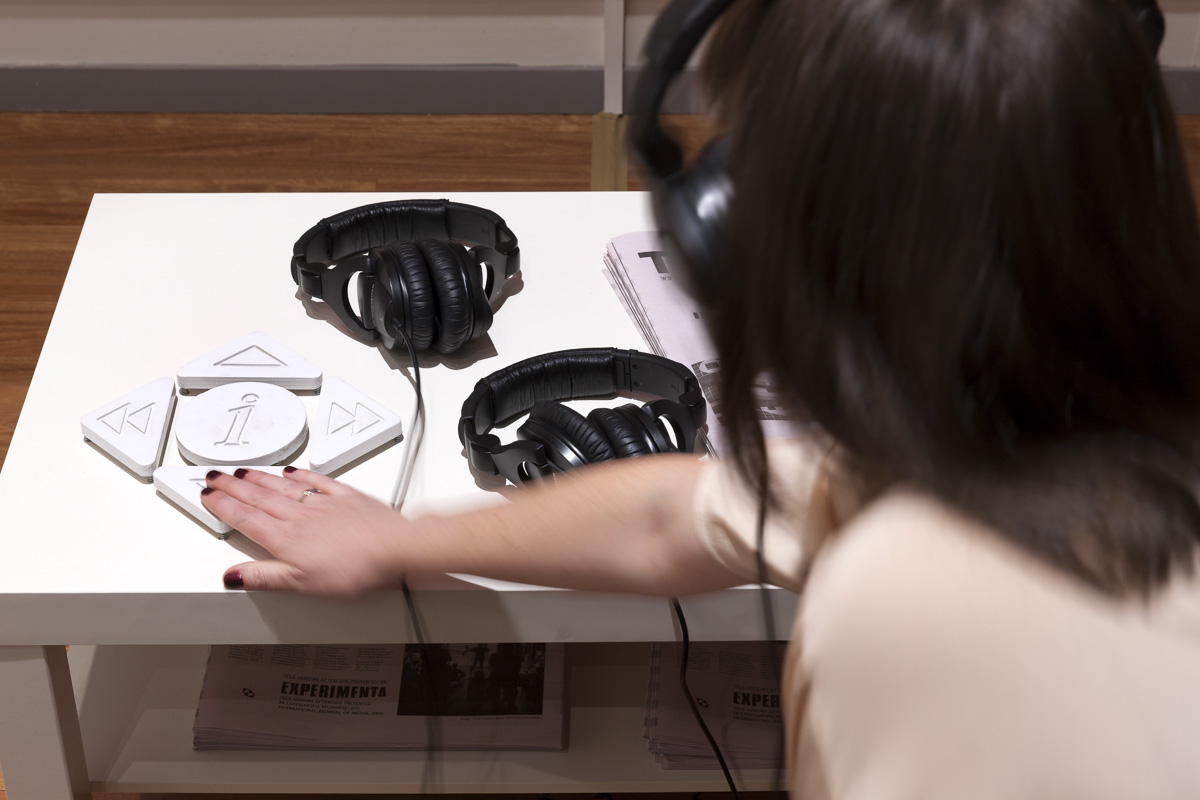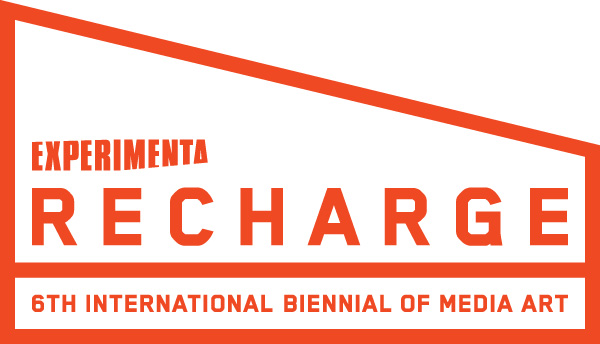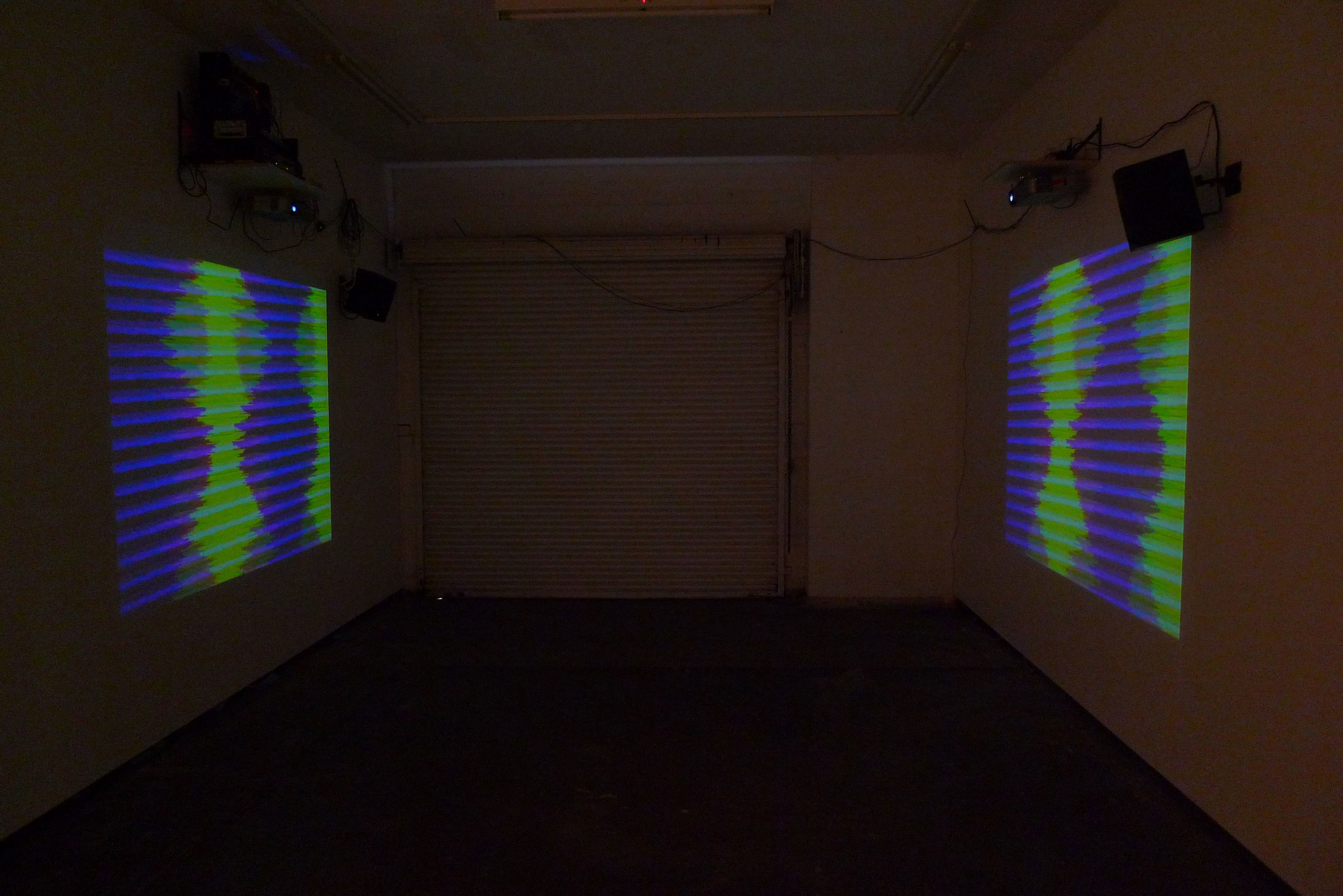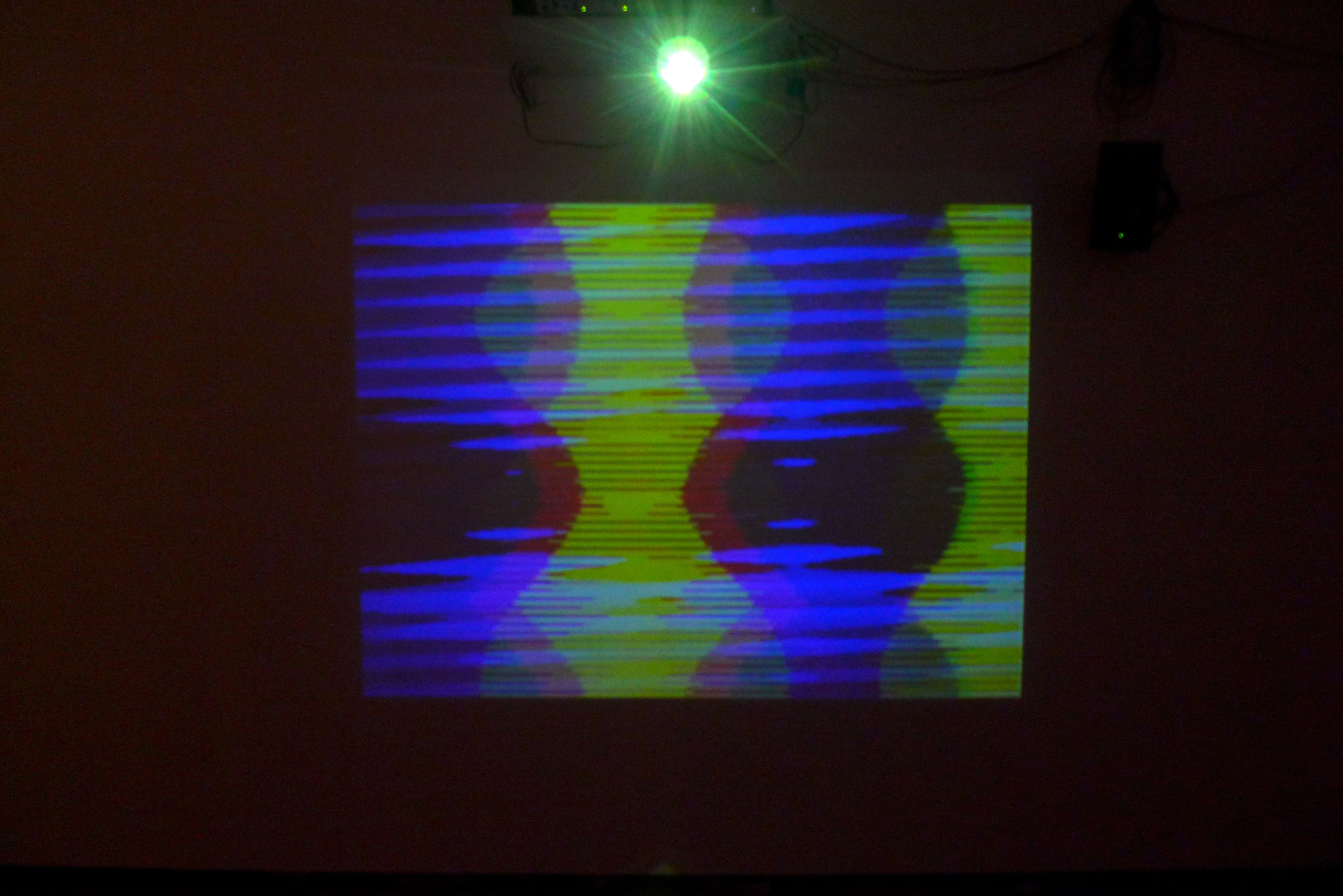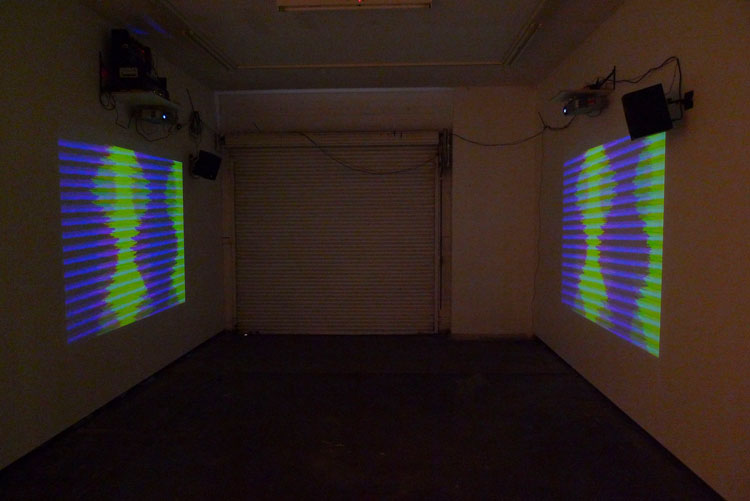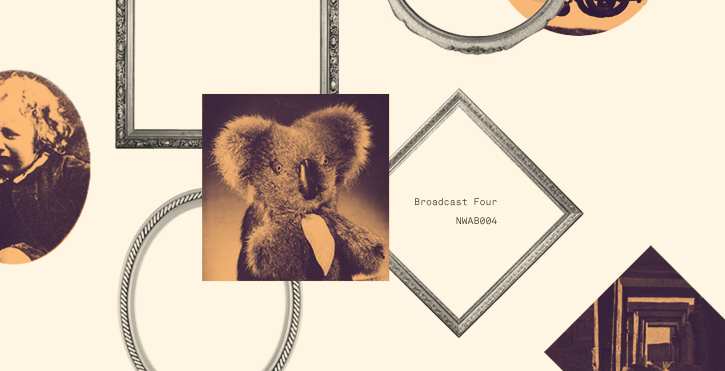The following borrowed from my research plan describes how my creative practice contributes to the research:
Concept Generation
This line of inquiry has arisen through my creative sound practice where I have performed and recorded music using modular synthesiser patches. The processes of creation and reflection in action (Schön, 1983) surfaced concepts and possibilities that I found to be surprising and compelling. As posited by Smith and Dean (Smith & Dean, 2009, p. 21) I view the relationship between my creative process and the traditional empirical research activities of theorisation, articulation, data gathering, research methodology planning and data interpretation to be cyclic and bidirectional. Over the course of this research project, through a process of action and reflection, the development of new performances and recordings will continue to generate ideas and concepts in concert with the other research processes.
Empathy, Understanding and Interpretation
As the project engages with other practitioners, creative practice offers the opportunity to try key aspects of other artists’ approaches, with the intention of building empathetic understandings of their intentions and motivations. Modular synthesisers can be complex, each artist's instrument is a unique configuration of modules that offers a seemingly endless range of possibilities. Even as an insider researcher this will be a challenging subject to find and confirm common understandings and descriptions. The process of analysis and interpretation of compositional processes will be greatly aided by a hands on, reflective and contextual analysis through my creative practice.
Communicating and Community Engagement
Modular synthesisers are typically sound making machines, compositional processes typically generate sound. A series of recorded works will form a key component of the final dissertation, the text components of the dissertation will make reference to specific recordings. These works will assist in communicating key concepts and approaches uncovered by the research process, through the lens of my own creative practice. These works will be developed throughout the project, some will be published via a blog and the Soundcloud platform, I will engage with various experimental music labels with the intention of publishing some of these works to a broader audience. The musicians associated with modular synthesisers are primarily concerned with creating sounds and music, these recorded works will provide a key point of engagement with this community. Taking onboard Scrivener's point that framing artwork as a form of knowledge is problematic and reductive of the implicit value of an artwork (Scrivener, 2002), these works will be presented as a component of the dissertation. The artefacts will be a product of my creative practice and above all else indicative of those processes, however, working in concert with the rest of the dissertation these works will provide an illustrative mechanism.
Outcome example
In 2019 I presented a paper at the Australian Computer Music Association Conference titled Analog Algorithms: Generative Composition in Modular Synthesis. The paper argues that unique generative approaches to music composition are embedded in the design of the very first modular synthesisers and that these ideas have resurfaced through the contemporary resurgence of modular synthesisers. The paper relies upon a review of historic documents and literature describing electronic music histories to make its case, but finishes with a section derived purely from reflective practice. This section describes aspects of music composition with a modular synthesiser based on my experiences. Although this component is based upon my own subjective experiences its inclusion in the paper enables a rich and in-depth description of some attributes of composition with a modular synthesiser. These descriptions enable the paper to shift from abstract ideas into concrete experiences.
The following is drawn from this section of the paper, the full paper can be accessed here.
Qualities of Modular Synthesiser Composition
The specific possibilities for composition using a modular synthesiser are endless, the expandable and completely customisable nature of the instrument itself compounds this. However it is still possible to identify some overarching factors that can be generalised to impact upon generative compositional processes in modular synthesis. The following attributes have been subjectively developed through a process of reflection upon my own compositional experiences with modular synthesisers (Schön 1983).
Creative Constraints
Any modular synthesiser has a limited range and number of modules, this is in contrast to working in software, where aside from any CPU overhead, there is an unlimited number of devices and range of devices. This limitation forces the modular synthesiser composer to problem solve, working with and around limits, compromising and innovating with what is available, and using these constraints to drive ceativity (Stokes 2005).
Limited Iterations and Modules
The limit of available modules to a given synthesiser instrument also has a practical implication for the generative systems that are devised; complex interconnection and greater reliance between devices is encouraged. For example, a low frequency oscillator may have multiple waveform outputs, each affecting a different aspect of the composition, in this case any change to the oscillator frequency will impact the structure in a range of ways.
Functionality Across Broad Timescales
The continuous scale from audible frequency to compositional structure which the modular synthesiser operates in, foregrounds the underlying function of the module devices as they must be considered in the two contexts of sound and event generation simultaneously. This encourages the composer to think laterally about the possibilities inherent in a device or a configuration of multiple devices. For example, a consideration of the impact that modulating a variable pulse width waveform oscillating at low frequency requires an understanding of the underlying function beyond the audible phenomena of an oscillating pulse waveform.
Overlapping Embedded Design Philosophies
Modular synthesiser modules function at a higher level than the individual object devices made available in a software context such as MAX or Pure Data, necessarily carrying a greater level of design intention, philosophy and aesthetic preferences. Functioning on a scale somewhere in between a self contained instrument and its separated constituent components, the modular synthesiser musician is operating in a field of overlapping, interconnected (semi) instrument designs. In response to the surge in modular synthesis popularity both Cycling 74 and Native Instruments have developed standardised systems for MAX and Reaktor respectively that enable the design and use of higher level devices that emulate the modular synthesiser paradigm.
Continuous Signal
In learning to use a modular synthesiser after working in a computer based compositional environment, the first conceptual hurdle is often in relation to Voltage Controlled Amplifiers (VCA) and the nature of electrical signals in the modular environment. Modular synthesisers invert the digital and keyboard centred paradigm of the note on, but also broader acoustic instrument paradigms; the plucking or bowing of a string, the striking of a drum and the blowing of a reed or brass instrument, because the electrical signal is always present while the instrument is switched on. A VCA is employed in a modular system not to produce sound, but to prevent it and attenuate it, the modulation of the VCA with an envelope or other control voltage source, allows for a signal to pass through (H. S. Howe 1975). A module must still be patched up in order for its signal to be audible or to have an effect upon other modules, but once a connection is made the signal is continuous. The break in the cause and effect relationship of the musician to the instrument may in turn impact upon the process of composition with a modular synthesiser, where signal flows are connected, attenuated and muted in order to create musical form and structure.
Composer and sound designer Suzanne Chiani’s description of her experience of the Buchla instruments resonates; “It's a living thing - you feel like it's alive when you're interacting with it” (Friedlander 2017).
Conclusion
I hope this description of my methodology and research is helpful as an example of creative practice employed as a component of a research instrument. All the best in designing and developing your own research projects.
References
Candy, L., & Edmonds, E. (Eds.). (2012). Interacting: Art, Research and the Creative Practitioner. Libri Publishing.
Friedlander, E. (2017, June 29). Don Buchla’s Modular Revolution, Remembered by Suzanne Ciani. Thump. https://thump.vice.com/en_us/article/59pm45/don-buchlas-modular-revolution-remembered-by-suzanne-ciani
Gray, C. (1998). Inquiry through Practice: Developing appropriate research strategies. In No Guru, No Method? Discussions on Art and Design Research. University of Art & Design, UIAH.
Heidegger, M., & Schmidt, D. J. (2010). Being and Time: A Revised Edition of the Stambaugh Translation (J. Stambaugh, Trans.; Revised edition). SUNY Press.
Howe, H. S. (1975). Electronic Music Synthesis: Concepts, Facilities, Techniques. W. W. Norton & Company.
Johnson, D. P. (2008). Contemporary Sociological Theory: An Integrated Multi-Level Approach (Softcover reprint of hardcover 1st ed. 2008 edition). Springer.
McNamara, A. E. (2012). Six rules for practice-led research. Text : Journal of Writing and Writing Courses, 1–15.
Roads, C. (2015). Composing Electronic Music: A New Aesthetic. OUP USA.
Schön, D. (1983). The Reflective Practitioner: How Professionals Think in Action. Basic Books.
Schutz, A. (1967). The Phenomoenology of the Social World. Heinemann Educational Books Ltd.
Scrivener, S. (2002). The art object does not embody a form of knowledge [Report]. Working Papers in Art & Design - Volume 2. http://www.herts.ac.uk/__data/assets/pdf_file/0008/12311/WPIAAD_vol2_scrivener.pdf
Smith, H., & Dean, R. T. (2009). Practice-led Research, Research-led Practice in the Creative Arts. Edinburgh University Press; JSTOR. https://www.jstor.org/stable/10.3366/j.ctt1g0b594
Stokes, P. D. (2005). Creativity from Constraints: The Psychology of Breakthrough. Springer Publishing Company. http://ebookcentral.proquest.com/lib/uts/detail.action?docID=423619
